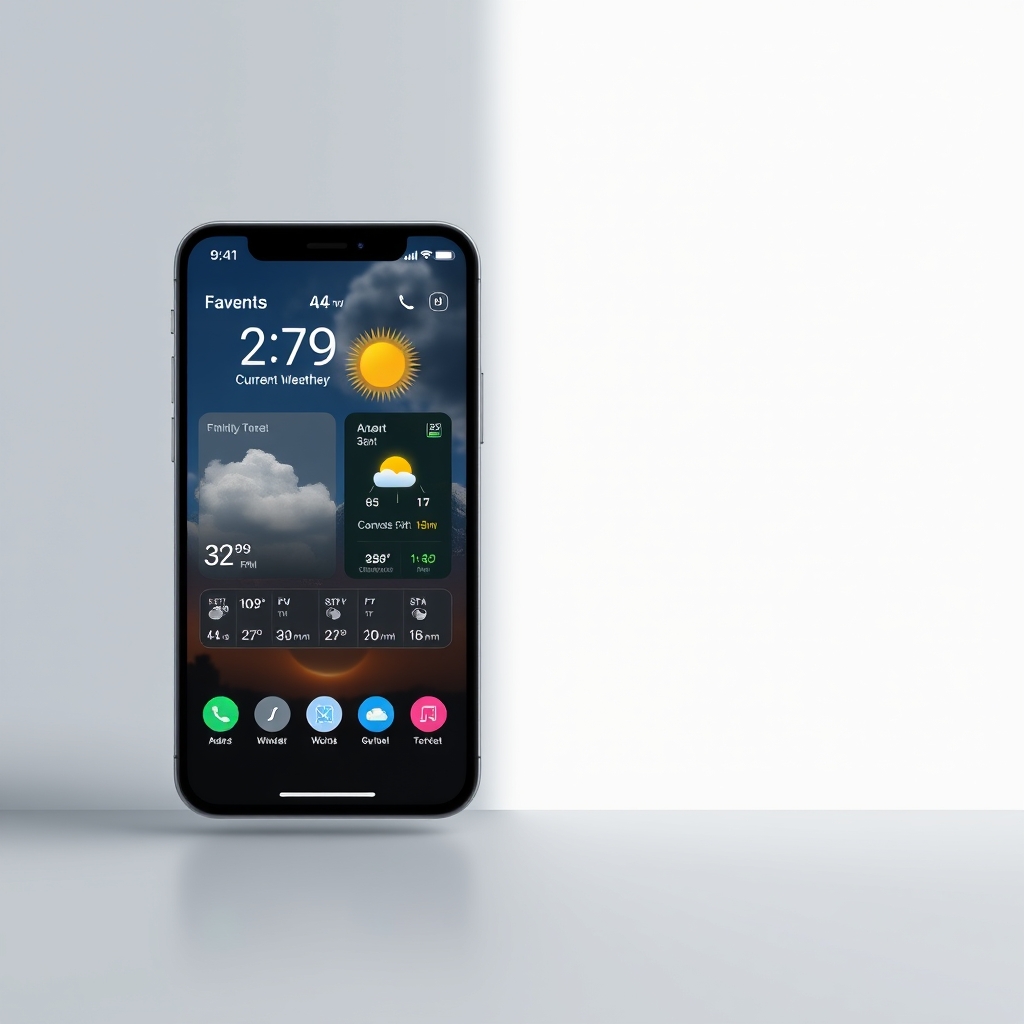Weather API vs Accurate Weather Forecasts by ZIP Code API: Pros, Cons, and Which One to Choose

Introduction
In the world of application development, integrating weather data is crucial for providing users with real-time information that can influence their daily activities. Two popular APIs that developers often consider for weather data are the Current Weather and Forecasted Weather API and the Accurate Weather Forecasts by ZIP Code API. This blog post will delve into a comprehensive comparison of these two APIs, exploring their features, capabilities, performance, and use cases to help developers make informed decisions on which API best suits their needs.
Overview of Both APIs
The Current Weather and Forecasted Weather API provides developers with the ability to retrieve current weather conditions and forecast data for various locations. It supports queries by city name, ZIP code, or geographic coordinates, making it versatile for different applications. The API offers detailed weather information, including temperature, humidity, wind speed, and more, for both current conditions and forecasts extending up to five days.
On the other hand, the Accurate Weather Forecasts by ZIP Code API focuses on delivering precise weather data based on ZIP code inputs. This API aggregates data from reliable sources, including the National Weather Service, to provide detailed meteorological information. It is particularly useful for applications that require localized weather data, such as agriculture, logistics, and event planning.
Side-by-Side Feature Comparison
| Feature | Current Weather and Forecasted Weather API | Accurate Weather Forecasts by ZIP Code API |
|---|---|---|
| Current Weather | Provides real-time weather data including temperature, humidity, and wind speed. | Offers current weather data based on ZIP code input. |
| Forecasted Data | Forecasts available for the next five days at 3-hour intervals. | Provides detailed weather forecasts based on ZIP code. |
| Data Retrieval Methods | Supports queries by city name, ZIP code, or geographic coordinates. | Requires ZIP code for data retrieval. |
| Response Format | Returns data in JSON format with detailed weather attributes. | Returns data in JSON format with comprehensive weather details. |
| Use Cases | Ideal for applications needing both current and forecasted weather data. | Best suited for applications requiring localized weather data based on ZIP codes. |
Example Use Cases for Each API
Current Weather and Forecasted Weather API
This API is particularly beneficial for applications that require both current and forecasted weather data. For instance, a travel application can utilize this API to provide users with real-time weather updates and forecasts for their travel destinations. Additionally, businesses in agriculture can use the forecast data to plan planting and harvesting schedules based on expected weather conditions.
Accurate Weather Forecasts by ZIP Code API
This API is ideal for applications that need to provide localized weather information based on user ZIP codes. For example, a logistics company can use this API to assess weather conditions in specific delivery areas, allowing them to optimize routes and ensure timely deliveries. Similarly, event planners can leverage this API to check weather forecasts for outdoor events, helping them make informed decisions about scheduling and logistics.
Performance and Scalability Analysis
Both APIs are designed to handle a significant number of requests, making them suitable for applications with varying traffic levels. The Current Weather and Forecasted Weather API allows developers to retrieve data quickly, ensuring that users receive timely updates. Its ability to provide both current and forecasted data makes it a robust choice for applications that require comprehensive weather information.
In contrast, the Accurate Weather Forecasts by ZIP Code API excels in delivering precise weather data based on ZIP codes, making it particularly effective for localized applications. Its focus on ZIP code-based queries allows for efficient data retrieval, ensuring that users receive relevant information without unnecessary overhead.
Pros and Cons of Each API
Current Weather and Forecasted Weather API
- Pros:
- Offers both current and forecasted weather data.
- Supports multiple query methods (city name, ZIP code, coordinates).
- Provides detailed weather attributes in the response.
- Cons:
- May be more complex to implement due to multiple query options.
- Forecast data may not be as localized as ZIP code-based APIs.
Accurate Weather Forecasts by ZIP Code API
- Pros:
- Delivers precise weather data based on ZIP codes.
- Ideal for localized applications and services.
- Easy to implement with straightforward ZIP code queries.
- Cons:
- Limited to ZIP code queries, which may not suit all applications.
- Does not provide as extensive forecast data as the other API.
Final Recommendation
When deciding between the Current Weather and Forecasted Weather API and the Accurate Weather Forecasts by ZIP Code API, developers should consider their specific use cases. If the application requires both current and forecasted weather data with flexibility in querying methods, the Current Weather and Forecasted Weather API is the better choice. However, for applications focused on localized weather data based on ZIP codes, the Accurate Weather Forecasts by ZIP Code API is the ideal solution.
Conclusion
In summary, both the Current Weather and Forecasted Weather API and the Accurate Weather Forecasts by ZIP Code API offer valuable features for developers seeking to integrate weather data into their applications. By understanding the strengths and weaknesses of each API, developers can make informed decisions that align with their project requirements, ultimately enhancing user experiences through accurate and timely weather information.





